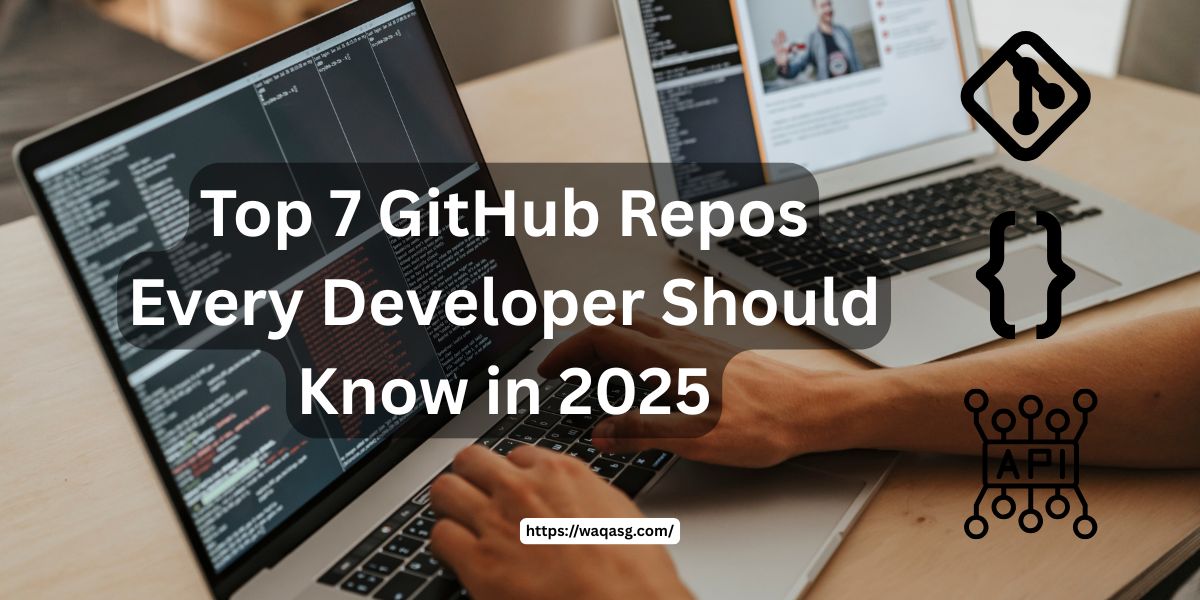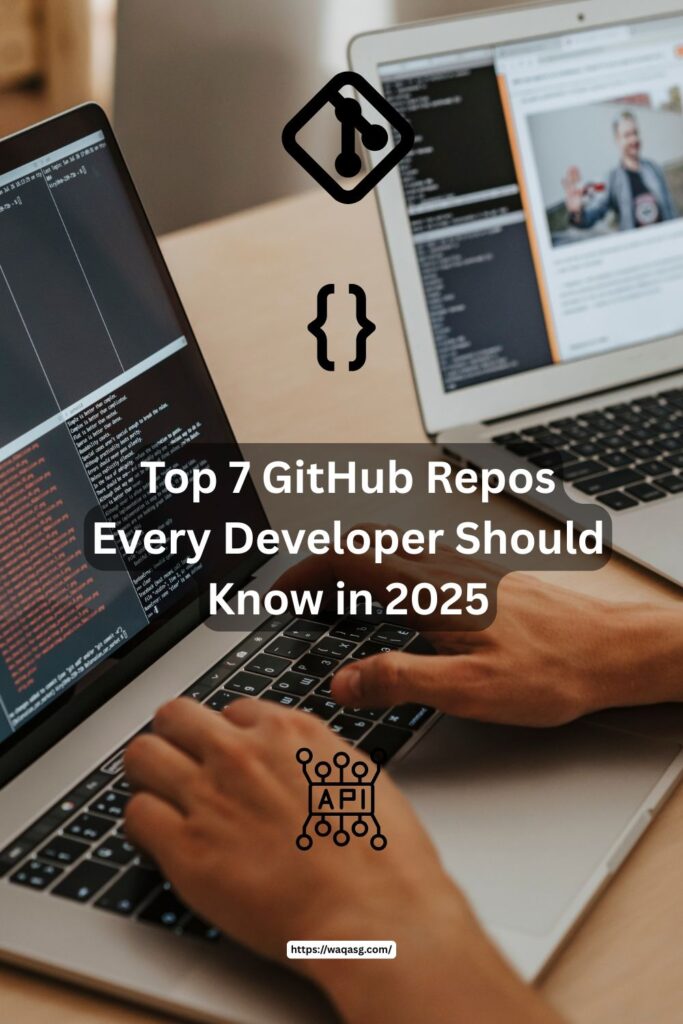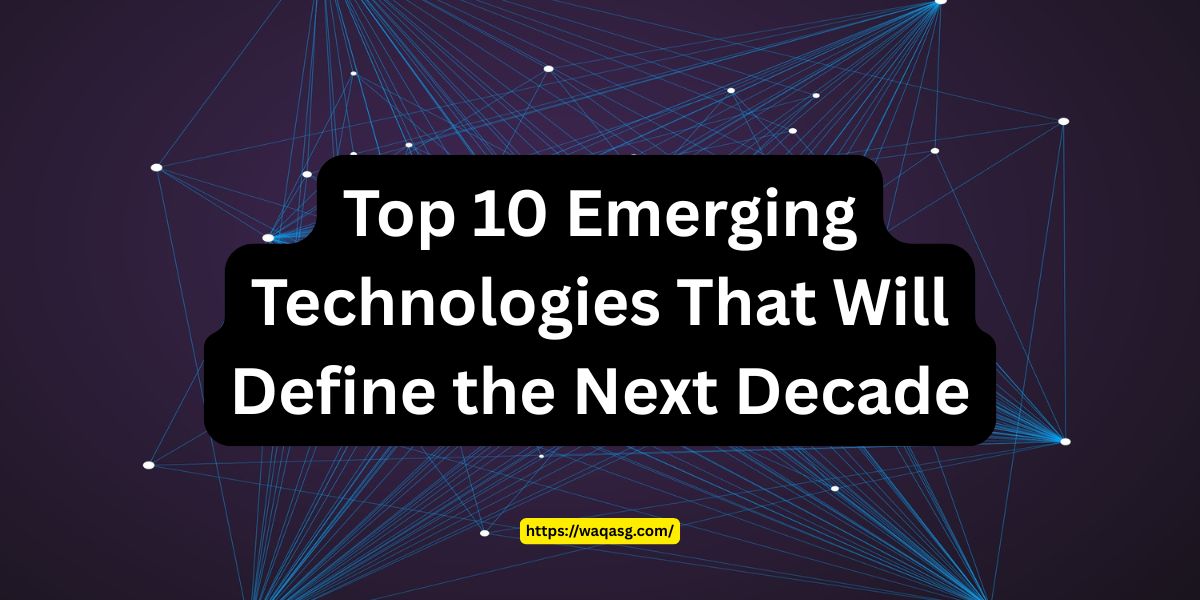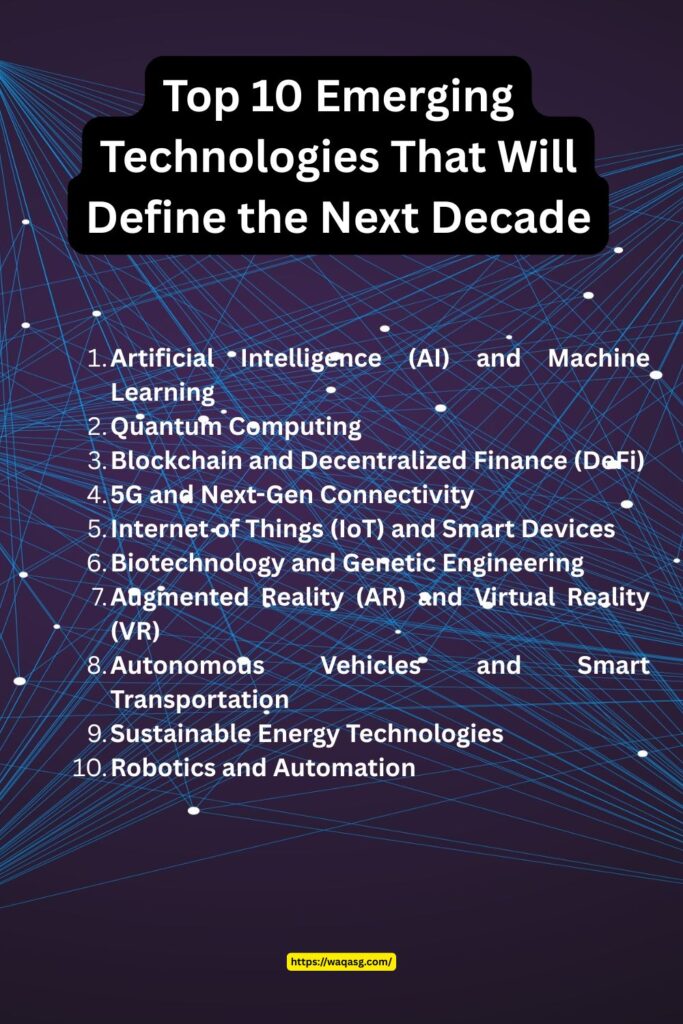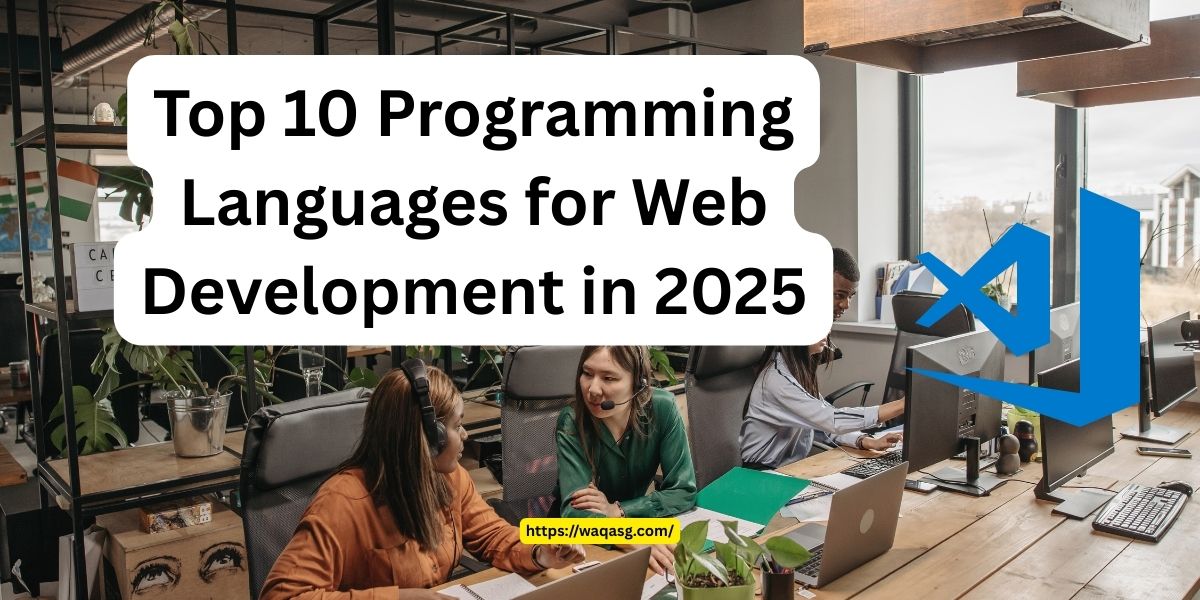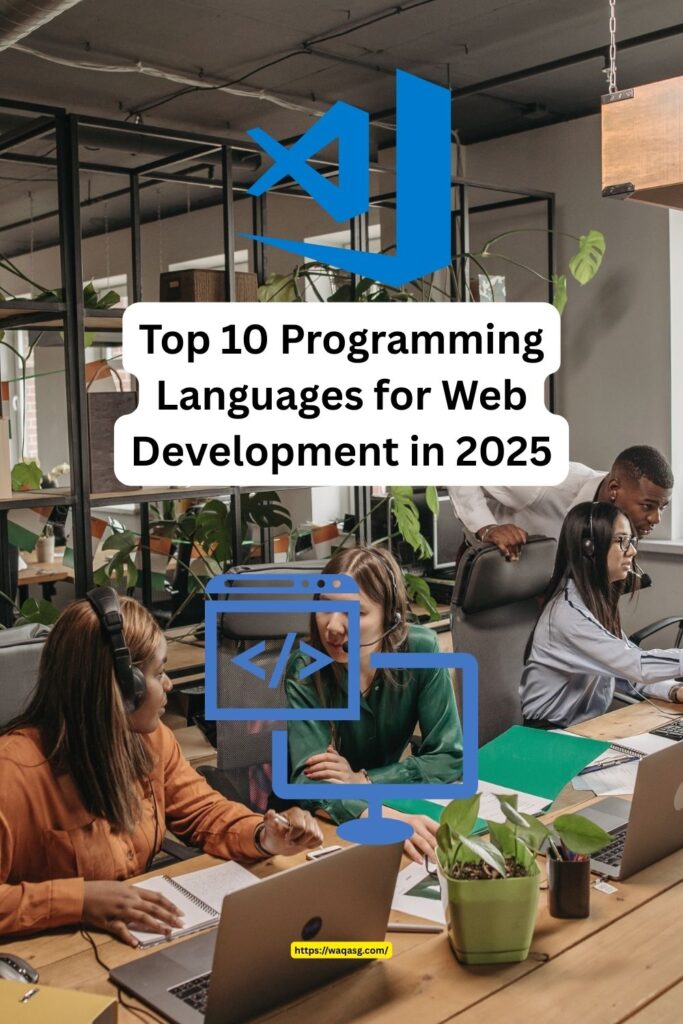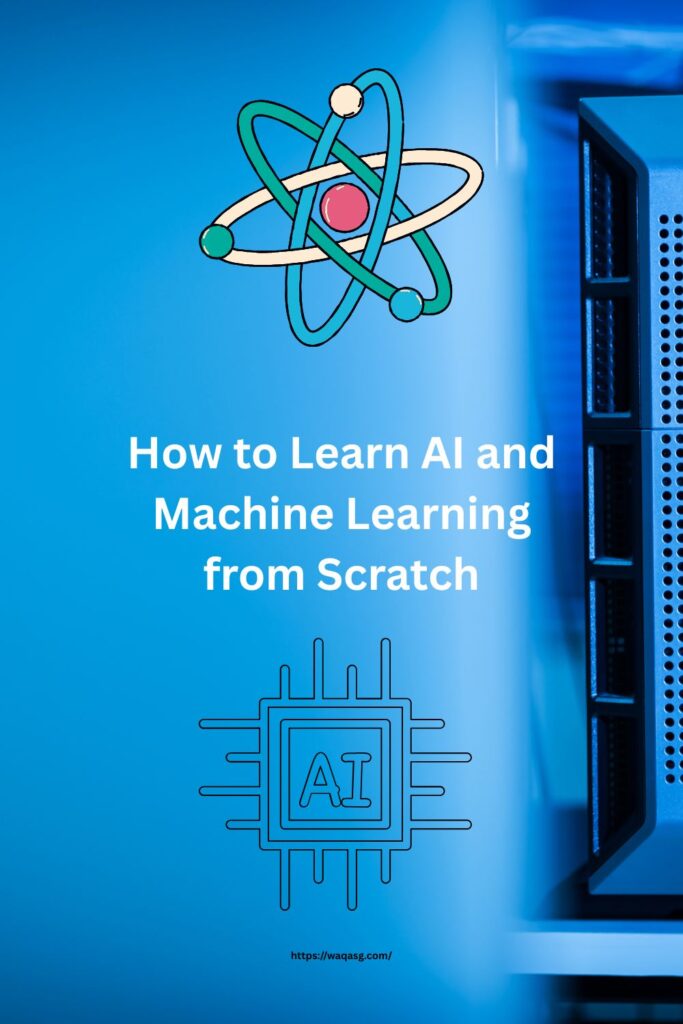Best IDEs for Python Development in 2025
Python continues to dominate the programming world in 2025, thriving in fields like data science, web development, machine learning, automation, and software engineering. Whether you’re a beginner just dipping your toes into Python or a seasoned developer working on enterprise-level projects, choosing the right Integrated Development Environment (IDE) can drastically enhance your coding productivity and experience.
The Python ecosystem has no shortage of IDEs — from lightweight text editors to full-fledged professional environments. In this article, we break down the best IDEs for Python development in 2025, considering performance, features, ease of use, extensibility, and the specific needs of Python programmers in today’s landscape.
Why Choosing the Right Python IDE Matters
Before diving into our top picks, let’s quickly discuss why your IDE choice matters.
An IDE is more than just a text editor — it’s your development workspace. A good IDE will help you:
- Write, test, and debug code faster
- Avoid syntax and logical errors with real-time linting
- Manage large projects with ease
- Integrate tools like version control and package managers
- Boost your overall productivity
With Python’s rise in complex domains like AI, deep learning, and data engineering, your development environment must match the scale of your ambitions.
Best IDEs for Python in 2025
Here are our top choices for Python IDEs in 2025, based on features, popularity, and real-world usability.
1. PyCharm (JetBrains)
Best for: Professional developers, large-scale projects, and enterprise teams.
PyCharm remains the gold standard for Python development in 2025. Developed by JetBrains, PyCharm offers an exceptional development experience, especially with its smart code completion, debugging tools, and integrated testing features.
Key Features:
- Intelligent code navigation and refactoring
- Built-in support for Django, Flask, FastAPI
- Integrated terminal, database tools, and Git support
- Robust debugging and profiling tools
- Supports web development (HTML, CSS, JavaScript)
Pros:
- Extremely powerful and customizable
- Plugin ecosystem is vast and mature
- Great support for modern Python frameworks
Cons:
- Resource-heavy
- Steeper learning curve for beginners
Free version? Yes, the Community Edition is free and sufficient for most users. The Professional Edition is paid but includes advanced tools.
Try it here: PyCharm Official Website
2. Visual Studio Code (VS Code)
Best for: Beginners to advanced users, especially those who work with multiple languages or tools.
VS Code continues to rise as the most versatile IDE/editor for Python developers. Lightweight but extremely powerful when extended with plugins, VS Code can be tailored to match nearly any development workflow.
Key Features:
- Rich plugin ecosystem (Python, Jupyter, Docker, etc.)
- Real-time linting, IntelliSense, auto-imports
- Git integration and extensions marketplace
- Great Jupyter notebook support
- Custom themes, keyboard shortcuts, and debugging tools
Pros:
- Extremely fast and lightweight
- Highly customizable
- Free and open-source
Cons:
- Requires configuration to reach full power
- Too many extensions can slow it down
Free version? Yes, 100% free and open-source.
Download it here: Visual Studio Code – Microsoft

3. JupyterLab
Best for: Data science, machine learning, and research-heavy development.
JupyterLab has evolved significantly in 2025, offering a flexible interactive environment for notebooks, code, and data visualization. It’s the go-to choice for anyone working with pandas, NumPy, Matplotlib, TensorFlow, and other Python data tools.
Key Features:
- Interactive notebook interface
- Live code execution with rich outputs (graphs, tables, images)
- Drag-and-drop file interface
- Integration with Git, terminals, and text editors
- Collaborative features (with extensions like JupyterHub)
Pros:
- Ideal for data analysis and visualization
- Easy for non-developers and analysts to use
- Open-source and highly extensible
Cons:
- Not ideal for full software development or large applications
- Limited debugging features compared to traditional IDEs
Free version? Yes, open-source and free.
Read more: JupyterLab Documentation
4. Thonny
Best for: Absolute beginners and educators.
Thonny is a simple and beginner-friendly IDE designed specifically for Python learners. It’s especially popular in educational settings and is perfect if you’re just starting out or teaching Python.
Key Features:
- Simple interface with minimal distractions
- Built-in debugger
- Variable explorer for understanding program state
- One-click installation of Python packages
- Easy visualization of code execution
Pros:
- Extremely beginner-friendly
- Lightweight and fast
- Great for learning and teaching
Cons:
- Not suitable for advanced or large-scale projects
- Limited plugin ecosystem
Free version? Yes, fully free and open-source.
5. Spyder
Best for: Scientific computing and data analysis.
Spyder is a favorite among scientists, engineers, and analysts, thanks to its MATLAB-like layout and built-in data exploration tools. It’s bundled with Anaconda, a popular Python distribution for scientific computing.
Key Features:
- Integrated IPython console
- Variable explorer and data viewer
- Built-in documentation viewer
- Static code analysis tools (with Pylint)
- Seamless integration with NumPy, SciPy, pandas, Matplotlib
Pros:
- Tailored for scientific workflows
- Powerful yet user-friendly
- Great for exploratory data analysis
Cons:
- Less suitable for web or software development
- UI feels slightly outdated
Free version? Yes, open-source and often included in Anaconda.
Download via Anaconda: Anaconda Python Distribution
Honorable Mentions
- Atom: Once popular but losing support as GitHub shifts focus. Still a nice lightweight option.
- Sublime Text: Ultra-fast and extensible, but paid and requires configuration.
- Eclipse + PyDev: Not as trendy, but still a decent option for those already in the Eclipse ecosystem.
- IDLE: The default Python IDE that ships with Python. Very basic but works in a pinch.
How to Choose the Best Python IDE for You in 2025
Still unsure which one to go with? Here’s a quick decision matrix based on your needs:
| Use Case | Recommended IDE |
| Total Beginner | Thonny, IDLE |
| Professional Development | PyCharm, VS Code |
| Data Science / ML | JupyterLab, Spyder |
| Lightweight Needs | VS Code, Sublime Text |
| Teaching / Learning | Thonny, JupyterLab |
Final Thoughts
The landscape of Python development continues to evolve in 2025, and so do the tools we use. The best Python IDE for you depends on your experience level, project type, and personal preferences.
Whether you’re diving into AI, building web apps, analyzing data, or just learning Python from scratch — there’s an IDE out there perfectly suited to your workflow.
Our top overall pick? VS Code for flexibility, and PyCharm for professional depth. But don’t hesitate to try a few — after all, finding your ideal setup is part of the fun of programming.

